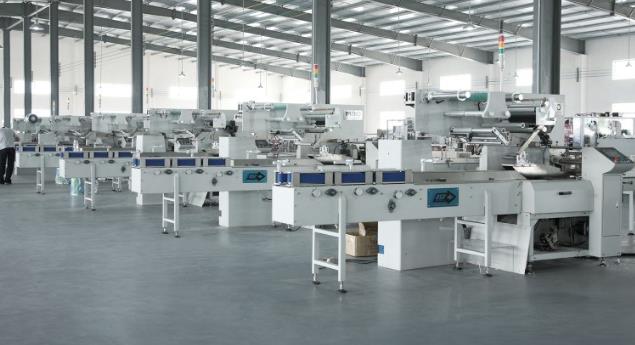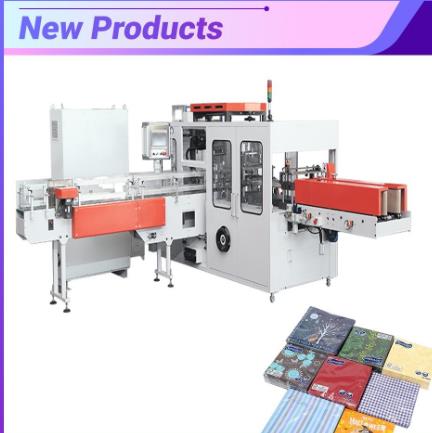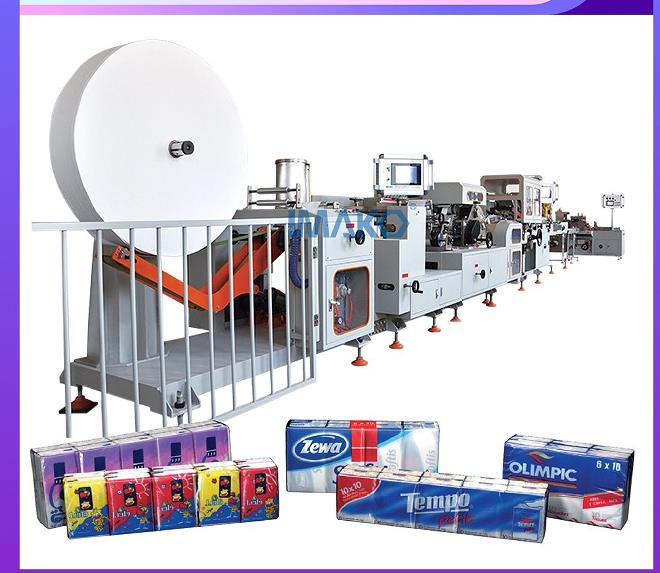Author:IMAKO Tissue MachineFROM:Toilet Paper Machine Manufacturer TIME:2023-07-06
Applications and Advantages of Tissue Printing Machine

The tissue printing machine is a revolutionary technology that has transformed the field of tissue engineering. It allows for the precise deposition of cells, proteins, and other bioactive molecules onto a variety of substrates, enabling the creation of complex tissue structures. This article aims to explore the applications and advantages of tissue printing machines in the medical and research domains.

Tissue printing machines utilize advanced bioprinting technology to recreate complex biological structures. By precisely controlling the deposition of cells, these machines can create three-dimensional tissues with intricate architectures. The ability to control cell placement and organization is of great significance in regenerative medicine, as it allows for the creation of functional tissues and organs.
Moreover, tissue printing machines can deposit multiple cell types simultaneously, allowing the construction of heterogeneous tissues. This capability opens doors for studying disease mechanisms, drug testing, and personalized medicine. By modeling complex tissue microenvironments, researchers can better understand cellular interactions and develop more effective treatment strategies.

Tissue printing machines have numerous medical applications, revolutionizing the field of regenerative medicine. One key area of application is organ transplantation. With tissue printing machines, it is possible to create patient-specific organs, reducing the risk of rejection and the need for immunosuppressive drugs. This technology could potentially solve the organ shortage crisis and save countless lives.
In addition, tissue printing machines can produce customized implants and prosthetics. By incorporating patient-specific anatomical data, these machines can create highly accurate and tailored solutions. For example, 3D-printed bone grafts, cartilage replacements, and dental implants have gained popularity due to their improved functionality and reduced recovery time.
Tissue printing machines have also made significant contributions to the field of research. They enable scientists to create in vitro models that mimic human tissues and organs, providing valuable platforms for studying disease development and testing novel therapies. These models can accurately replicate tissue architecture, cellular interactions, and disease-specific features.
Furthermore, tissue printing machines allow for the fabrication of scaffolds that support tissue regeneration. By layering bioactive materials, such as growth factors and extracellular matrix proteins, onto these scaffolds, researchers can promote cell attachment, proliferation, and differentiation. This approach has the potential to revolutionize tissue engineering by facilitating the repair and regeneration of damaged or diseased tissues.
The advent of tissue printing machines has opened up exciting opportunities in various fields, ranging from regenerative medicine to research. These machines offer precise control over cell placement, allowing for the creation of complex tissue structures. The medical applications are vast, including the potential to address the organ shortage crisis and improve patient outcomes. From a research perspective, tissue printing machines enable the development of advanced in vitro models and scaffold-based approaches for tissue regeneration. As this technology continues to advance, we can expect even more remarkable achievements in the field of tissue engineering.